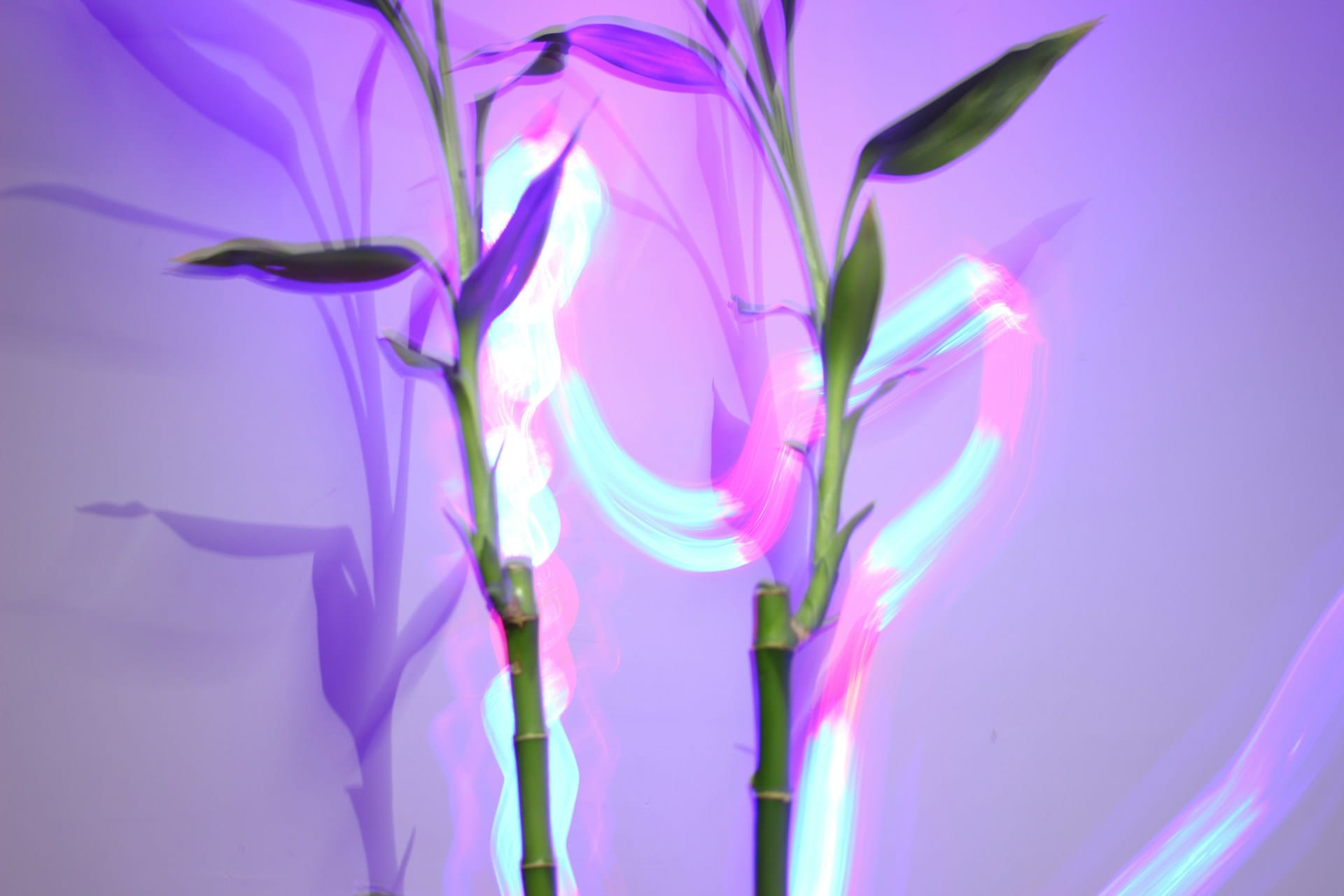Introduction of Light Spectrum for Indoor Plants
Light is one of the most crucial factors for indoor plant growth — often overlooked, misunderstood, or misapplied. Yet, to truly grow vibrant, healthy indoor plants, it’s essential to understand light spectrum for indoor plants: what wavelengths plants absorb, when they need them, and how artificial lighting can mimic natural sunlight in homes, apartments, or greenhouses.
If you’re using LED grow lights, selecting full spectrum bulbs, or wondering why your plants stretch or look pale, this comprehensive guide will help you decipher the science. We’ll cover the physiology of light absorption, spectrum components (blue, red, far-red, green, etc.), measurement metrics like PAR and PPFD, and practical tips for choosing and designing lighting setups for your plants.
By applying these principles, you’ll optimize plant growth, improve flowering or fruiting, reduce energy waste, and avoid common lighting mistakes.
For styling & design of lighting fixtures, see our article “Indoor Grow Lights for Houseplants”
1. Basics of Light & Photosynthesis
What Is Light Spectrum?
Light spectrum refers to the range of light wavelengths that can be produced by natural or artificial sources. Plants respond to specific wavelengths. The visible light spectrum runs approximately from 380 nm (violet/UV) through about 740 nm (red). Each wavelength has photon energy; blue photons are more energy-intensive than red photons, etc.
Wavelengths and Photon Energy
- Blue light (around 400-500 nm) has shorter wavelengths, higher energy. Important for leaf growth, stomata opening, strong compact growth.
- Red light (around 600-700 nm) is lower energy; critical for flowering and fruiting signals.
- Far-red (>700 nm) influences elongation, shade escape, photoperiod sensing.
PAR, PPFD & Lux: Understanding Metrics
- PAR (Photosynthetically Active Radiation): The range of light between 400-700 nm which plants use for photosynthesis.
- PPFD (Photosynthetic Photon Flux Density): Measures how many photons in the PAR range hit a surface per second (µmol/m²/s) — critical to know actual usable light.
- Lux: A photometric measure weighted by human vision sensitivity — not ideal for plants because it undervalues blue/red light.
For indoor gardening, focusing on PAR/PPFD metrics is more important than just lumens or lux.
2. Types of Light & Their Role
Blue Light (400-500 nm)
- Encourages strong, compact, leafy growth.
- Triggers photomorphogenesis and chlorophyll production.
- Too much blue may make plants tight but reduce flowering.
Red Light (600-700 nm)
- Drives flowering and fruit sets.
- Works with blue to balance plant growth phases.
- Many LED grow lights include red diodes to boost bloom.
Far-Red (>700 nm)
- Influences flowering timing via phytochromes.
- Contributes to shade avoidance responses.
Green Light (500-600 nm)
- Though plants reflect much green, green light penetrates deeper into lower leaves — contributes to overall photosynthesis when combined with blue and red.
3. Natural vs Artificial Light
Sunlight Composition
Sunlight offers a full spectrum including UV, visible, and infrared. Its intensity far exceeds typical indoor lighting. BUT, indoor environments often filter or reduce intensity (through glass, shade, etc.).
Limitations of Window Light
- Windows filter UV; may reduce certain wavelengths.
- Only certain hours of day offer direct or bright indirect light.
- Seasonal variation: light intensity changes dramatically in winter.
Artificial Lighting Technologies
- LED Grow Lights: Energy efficient, customizable spectrum, long life.
- Fluorescent (T5, CFL): More affordable but less spectrum control, potentially lower PPFD.
- HID Lights: Strong output, but generate heat and need more safety/ventilation.
4. Grow Lights & Spectrum in Practice
Full Spectrum LED vs Narrow Band Lights
- Full spectrum lights mimic sunlight: combine blue, green, red, far red.
- Narrow band lights emphasize only red/blue — may be cheaper but sometimes lead to color distortion or imbalanced growth.
Spectrum Recipes by Growth Stage
| Stage | Spectrum Leaning | Ratio / Guidance |
|---|---|---|
| Seedling / Vegetative | Higher blue content, balanced red | e.g. 2 blue : 1 red |
| Flowering / Fruiting | More red and far red, moderate blue | e.g. 1 blue : 2 red |
| Maintenance / Aesthetic | Balanced full spectrum for foliage color |
Distance, Intensity and Duration
- LED panel height: usually 12-24 inches above plant canopy
- Duration: 14-16 hours light, 8-10 hours dark (photoperiod) depending on plant species
- Adjust distance as plant grows to avoid light burn
5. Measuring & Monitoring Light
Tools You Need
- PPFD or PAR meter / quantum sensor
- Lux meter (limited usefulness but okay for rough guide)
- Light schedules with timers
Ideal Ranges
- Leafy green plants: 100-300 µmol/m²/s PPFD
- Flowering plants: 400-700 µmol/m²/s
- Succulents / Sun lovers: higher still
6. Layout Strategies Based on Spectrum
Matching Spectrum to Plant Type
If you have both flowering & foliage plants, use adjustable spectrum lights, or use a combo of fixtures.
Positioning Lights & Fixtures
- Overhead panels vs side lighting
- Reflective surfaces (white walls) help bounce light
- Avoid shadows cast by large objects
7. Common Mistakes & How to Avoid Them
- Using lights with poor red spectrum → leads to weak flowering
- Overreliance on lux values → mis-judging usable light
- Too close lights → burning, bleaching
- Not accounting for distance change as plant height changes
8. Case Studies & Research Insights
- Study A: comparing basil growth under full-spectrum LED vs fluorescent — results in faster leaf production under LED.
- Study B: effect of adding far-red on flowering time in certain plants.
9. Product & Buyer’s Guide
Suggest real Amazon products, link to LED grow lights with specified spectrum:
- Premium full spectrum LED panel model X
- Budget blue/red grow light bulb
- Spectrum adjustable LED bar
Include affiliate links placeholders.
10. Maintenance, Upkeep & Long-Term Optimization
- Light fixture cleaning, checking output over time
- Replace LEDs per manufacturer lifespan
- Monitor plant response: pale leaves, elongation, delayed flowering
